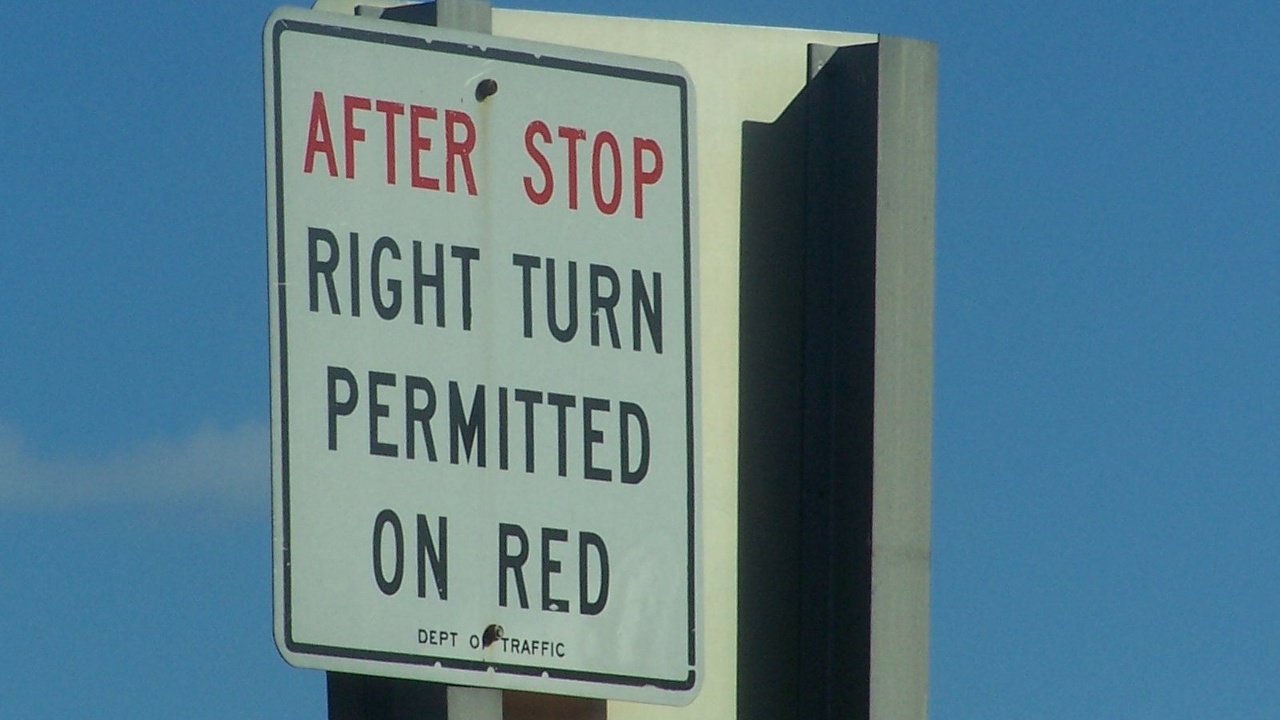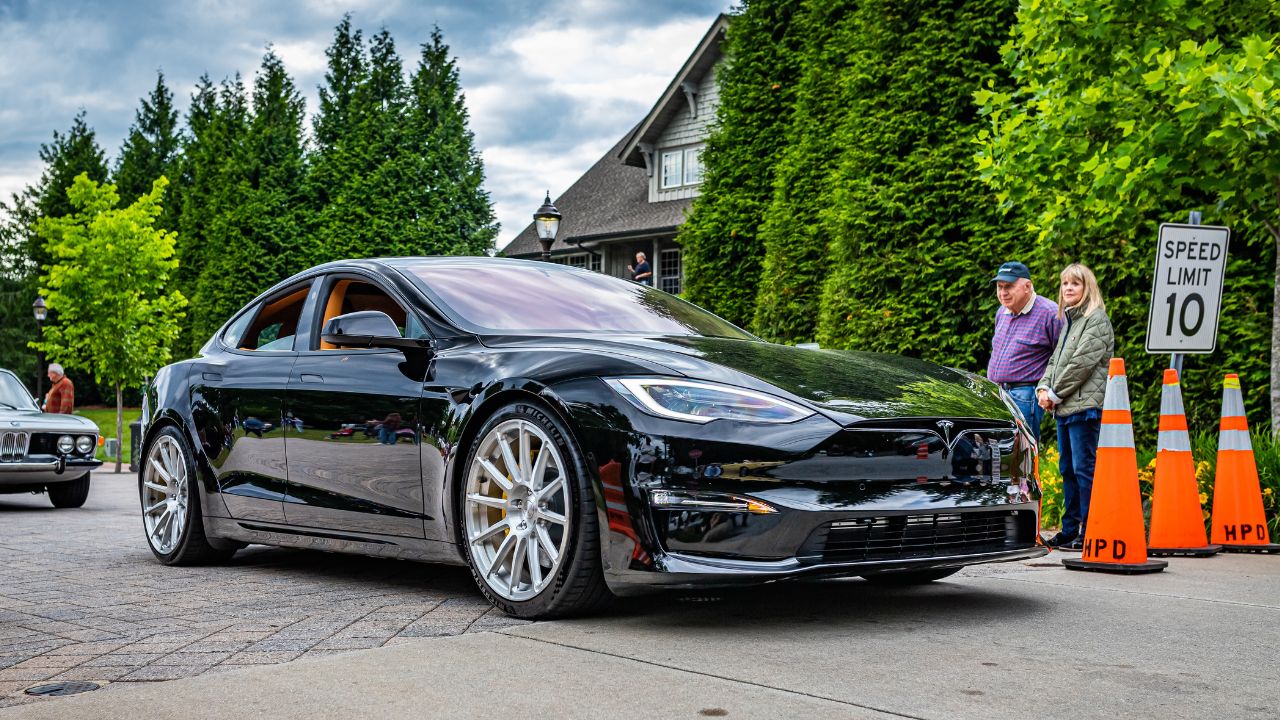The once-standard practice of turning right on red is facing increasing scrutiny in urban areas across the United States. As cities strive to improve traffic safety and accommodate non-motorized road users, restrictions on right-on-red turns are becoming more common. This shift reflects broader efforts to enhance urban mobility and safety, raising questions about the balance between motorist convenience and pedestrian welfare.
The Rise of Right-on-Red Restrictions
Turning right on red lights became a staple of American driving culture in the 1970s, largely as a fuel-saving measure during the energy crisis. The practice was widely adopted across the country, as it was seen as a way to improve traffic flow and reduce idling times at intersections. However, the increased focus on pedestrian and cyclist safety in recent years has prompted a reevaluation of this practice.
Several factors are driving this shift, including growing safety concerns and the rapid urbanization of many areas. Cities like New York, San Francisco, and Washington, D.C., where pedestrian traffic is dense, have been at the forefront of implementing stricter right-on-red restrictions. These cities argue that prohibiting such turns reduces the likelihood of accidents involving pedestrians and cyclists, making streets safer for all users.
Safety Concerns and Pedestrian Impact
Statistics have increasingly highlighted the dangers associated with right-on-red turns. According to the National Highway Traffic Safety Administration, right-on-red turns contribute to a significant number of pedestrian accidents. In crowded urban environments, the risk is even greater, as drivers can be more focused on finding a gap in traffic than on watching for pedestrians stepping into crosswalks.
Pedestrian advocacy groups have been vocal about the need for these restrictions. Organizations such as Walk SF in San Francisco and Transportation Alternatives in New York City argue that right-on-red bans are a critical step toward creating safer streets. They point out that urban planning strategies that prioritize pedestrian safety, such as extended curbs and better crosswalk visibility, are essential complements to any traffic law changes.
Environmental and Traffic Flow Considerations
While safety is a primary concern, the environmental impact of traffic regulations cannot be ignored. Opponents of right-on-red restrictions argue that prohibiting these turns could lead to increased traffic congestion and emissions. However, studies suggest that the impact may not be as significant as feared, especially if restrictions are applied strategically in areas with high pedestrian traffic.
Balancing efficiency with safety is a complex task for urban planners. Cities are increasingly using technology to manage traffic flow, ensuring that safety improvements do not come at the expense of efficiency. Innovations such as adaptive traffic signals and real-time traffic management apps are helping cities optimize traffic patterns, reducing the environmental footprint of urban travel.

Public Opinion and Response
Public opinion on right-on-red restrictions is mixed. Surveys indicate that while many drivers understand the safety rationale behind the bans, they are concerned about potential delays and the impact on commuting times. A survey conducted by the AAA Foundation for Traffic Safety found that while 60% of drivers supported some form of restriction, only 40% favored a complete ban.
Public awareness campaigns are crucial in garnering support for these changes. Cities have employed various strategies, from informational websites to social media outreach, to explain the benefits of right-on-red restrictions. However, enforcing these new rules poses its own challenges. Ensuring compliance requires increased monitoring and possibly the introduction of penalties for violations, which can strain city resources.
Future Directions and Policy Implications
The future of right-on-red restrictions may lie in nationwide policy adoption and standardization. As more cities report success in reducing accidents through these measures, there is potential for broader adoption. Lessons from early adopters have shown that a combination of public education, improved infrastructure, and technology can make a significant difference.
Beyond right-on-red restrictions, this trend has broader implications for urban transportation policy and planning. As cities continue to grow and evolve, the need for integrated, multi-modal transportation systems becomes increasingly apparent. Right-on-red restrictions are just one element of a larger strategy to create cities that are safe and accessible for all, whether they are on foot, on a bike, or behind the wheel.
Like Fast Lane Only’s content? Be sure to follow us.
Here’s more from us:
*Created with AI assistance and editor review.







Leave a Reply